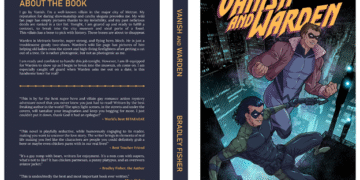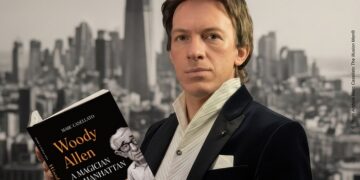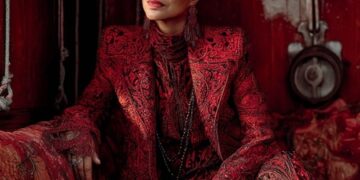What is abstract art?
‘Abstract art’ is artwork which has no direct representation to any human object. While representational paintings portray recognizable objects, abstract painting does not look like a particular object. Instead, abstract art is made up of designs, shapes and colours (Tate, 2021). Whilst forms of art have been around since before christ, abstract art is new in comparison to original art styles. Abstract art has gone to become the dominant form of art in the 20th century.
The origins of abstract art
Wassily Kandinsky
The pioneer of abstract art is a very exciting topic. For many years it was thought by Wassily Kandinsky (1866 – 1944) of Russia.
In the early 1900’s Kandinsky was a promising young Russian artist focused on impressionism. Over time his artwork’s vibrancy picked up, with a more expressive style and structure than previously represented.
‘Untitled’ which can be seen to the right (Kandinskypaintings.org, 2019) was released in 1910 and is his earliest abstract piece. An elegant expressive piece which went on to be one of his most popular. The style is clear to have prompted questions amongst the population, given that until this time the majority of artwork typically portrayed recognisable objects. His work is referred to as a synaesthetic concept of a universal correspondence of forms, colours and musical sounds (Fielder, 2013).
Hilma af Klint
 Here is where the story gets exciting. Hilma af Klint (1862 – 1944) was a Swedish artist who graduated from Stockholms royal academy of fine arts in 1862 (Guggenheim, 2019). She became a well-recognised talented local artist in Sweden from the 1890’s onwards.
Here is where the story gets exciting. Hilma af Klint (1862 – 1944) was a Swedish artist who graduated from Stockholms royal academy of fine arts in 1862 (Guggenheim, 2019). She became a well-recognised talented local artist in Sweden from the 1890’s onwards.
When she died, aged 81, in 1944, she stipulated in her will that her work – 1,200 paintings, 100 texts and 26,000 pages of notes – should not be shown until 20 years after her death. It was not until the 1986 Los Angeles show The Spiritual in Art that her work was seen in public (Kellaway, 2016)
This style of art is relatively new in comparison to other styles, despite other styles of art having similarities to abstract art, Wassily Kandinsky is a pioneer in any conversation regarding the initial conception of abstract art. Her style is still very popular in the present day, and copies are readily available from many retailers. The image below (Tate, 2019) shows one of Hilma’s most iconic pieces ‘The Ten Biggest’ dated from 1907.
Present day
As expected, Abstract art has evolved over the years. Alongside technological advancements,, a variety of new abstract art forms have evolved with digital art, geometric abstraction and minimalism leading the way.
Perceptions of Abstract art globally have also shifted tremendously since its introduction in the early 1900’s when it was ridiculed. Paris and London are widely referred to as the European hubs for abstract art, with galleries ever popular within the cities.
As artwork continues to be a solid investment, the prices understandably keep rising for Abstract artwork as an asset format. To date, the most expensive piece of Abstract art on record, was sold for $300 million in 2015, a piece by Willem de Kooning named ‘Interchange’ (Barcio, 2016).
Conclusion / future trends
We believe Abstract art will continue its upwards trajectory into the next 100 + years. The digital evolution will continue leading to new and exciting art formats. We believe one of the key growth areas for Artwork will be NFTs (Non- fungible tokens) which are digital art formats as opposed to physical, and to date as of December 2021, the most expensive NFT Art sold was a piece called ‘Everydays’ which sold at auction for $69.3m this year.
References
1- Tate, 2021 https://www.tate.org.uk/art/art-terms/a/abstract-art
2- Kandinsky Paintings 2021 https://www.kandinskypaintings.org/untitled-first-abstract-watercolor/
3- Fiedler, Jeannine (2013). Bauhaus. Germany: h.f.ullmann publishing GmbH. p. 262. ISBN 978-3-8480-0275-7.
4 Kellaway, 2016 https://www.theguardian.com/artanddesign/2016/feb/21/hilma-af-klint-occult-spiritualism-abstract-serpentine-gallery
5 Guggenheim, 2019 https://www.guggenheim.org/exhibition/hilma-af-klint
6 Tate, 2019 ttps://www.tate.org.uk/tate-etc/issue-27-spring-2013/first-abstract-artist-and-its-not-kandinsky
7- Barcio, 2016 https://www.ideelart.com/magazine/most-expensive-painting




























